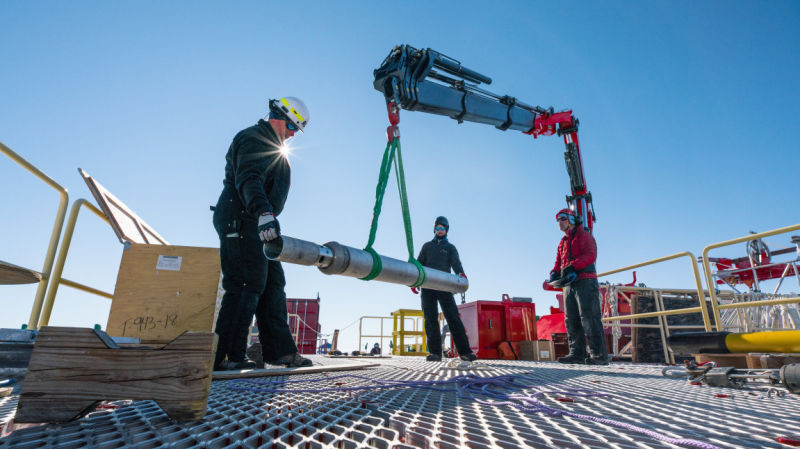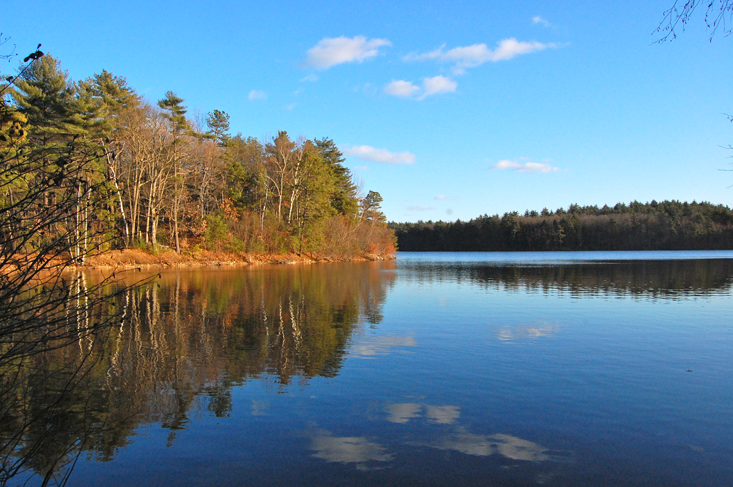Center for Limnology:
“A study has found an connection between water levels in lakes and toxic mercury levels in fish. When droughts cause water levels to drop, the levels of mercury found in fish also plummet. In extended periods of wetter weather, water levels rise and levels of mercury in fish increase. The phenomenon was discovered by a team of scientists from the University of Wisconsin–Madison and Wisconsin Department of Natural Resources as they examined long-term data from several lakes in northern Wisconsin. In previous work, the researchers had found that, roughly once a decade, water levels in the northwestern Great Lakes and northern Wisconsin’s inland lakes fluctuate between high and low levels and back again.
The scientists turned to 32 years of data on mercury levels in more than 1,300 walleye, a fish popular with anglers and restaurants throughout the Great Lakes region. And when the researchers plotted out that data, they saw a very familiar pattern — mercury levels in walleye follow the 10-year water level fluctuations.”





















